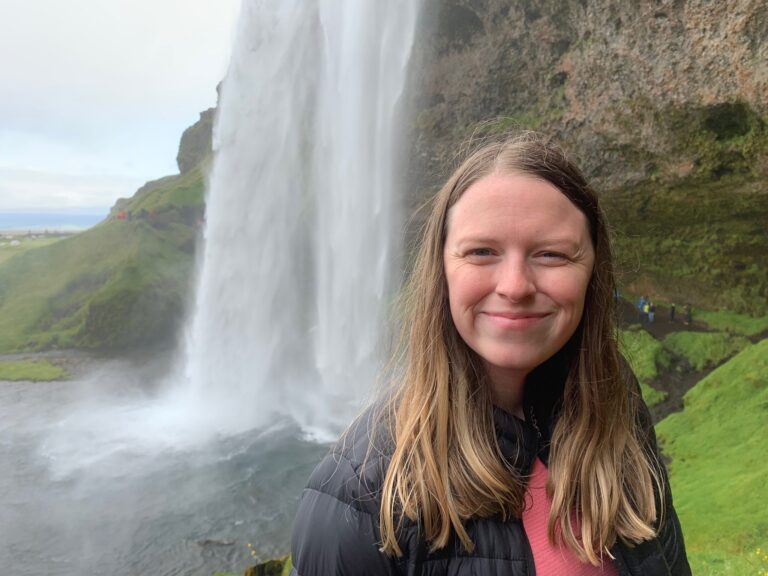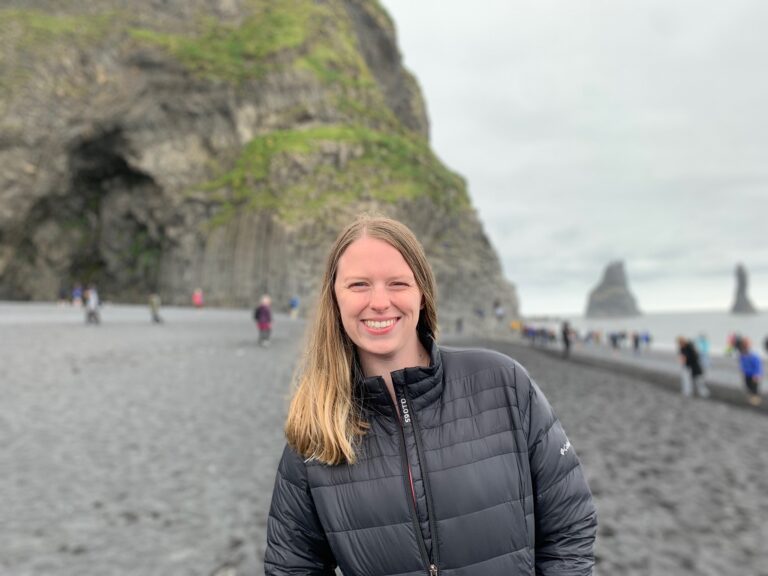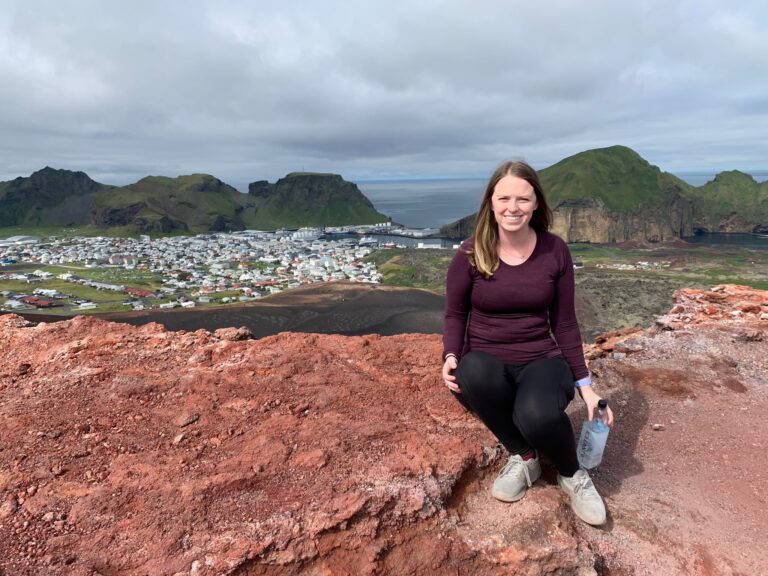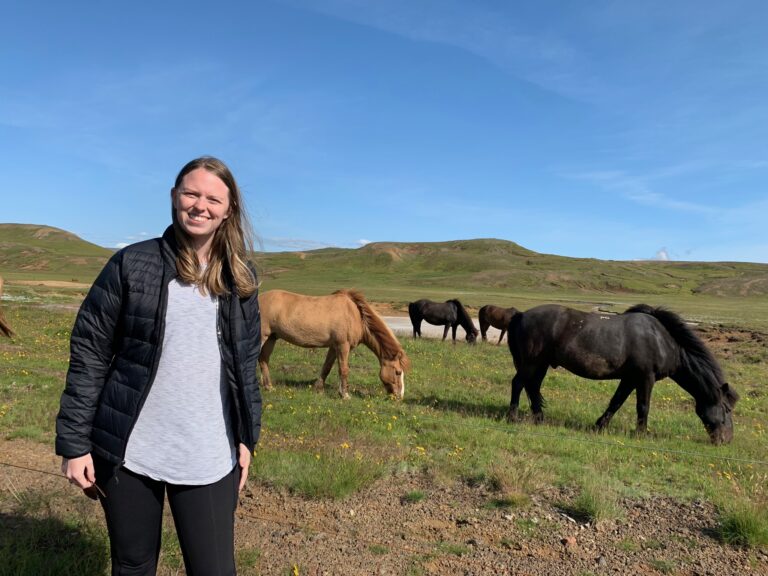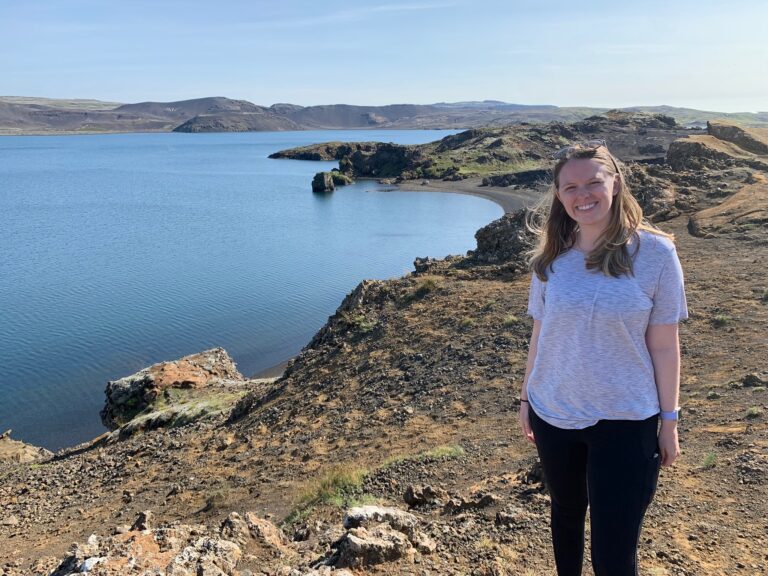Welcome to Iceland! A land of enchanting contrasts where nature’s grand spectacles unfold. Nestled in the North Atlantic Ocean, this remote island nation has long captivated the imaginations of travelers seeking unspoiled landscapes, rugged adventures, and a touch of magic. From the legendary Geysir and Gullfoss to the ethereal Blue Lagoon, Iceland showcases nature’s power and beauty. Discover Viking heritage, vibrant art scenes, and unique wildlife encounters. In the winter, witness the dance of the Northern Lights and in the summer, enjoy endless summer delights. Iceland, where every moment is an encounter with the extraordinary. Join us on this journey of natural wonders!

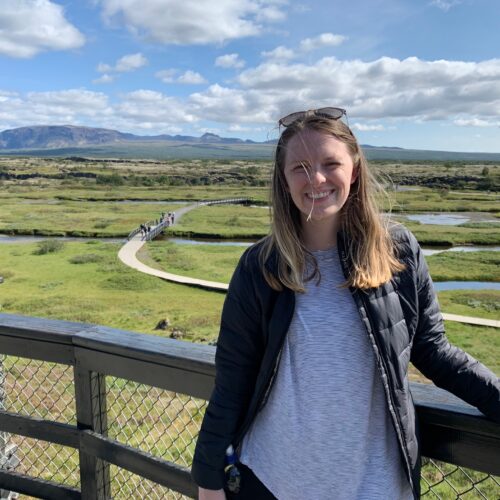
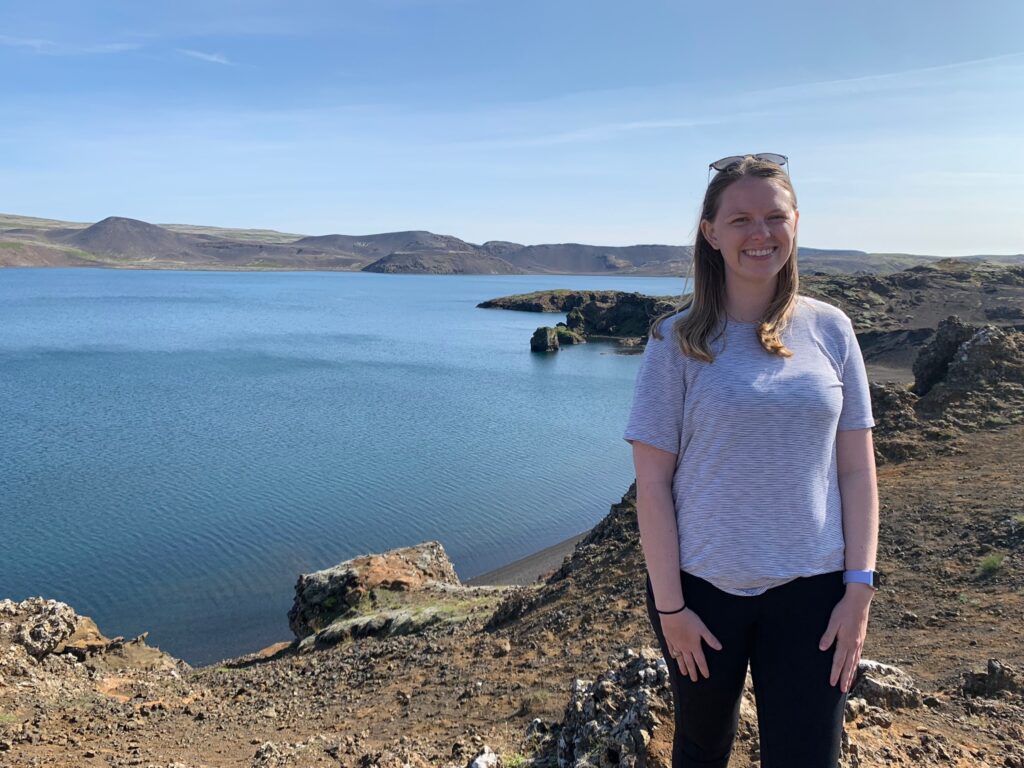
When I am researching activities and things to see in a new city, I wish I found more itineraries that ranked the list of activities they recommend. Everyone’s time is different in a new city and it’s important to be able to prioritize activities that are a MUST versus activities that are nice, but could possibly be skipped. I like to schedule my days and build an itinerary with one MUST item, one TRY TO DO item, and one SKIP item a day in case something happens or we are too tired, we can always hit the MUST item and SKIP the item that’s not as important.
★★★ MUST SEE
★★ TRY TO DO
★ SKIP (BUT WORTH IF YOU HAVE TIME)
★★★ Thingvellir National Park
★★★ Seljalandsfoss Waterfall
★★★ Vik/Black Sand Beach
★★★ Gullfoss Waterfall
★★Storhofi/Puffin Watching
★★Skogafoss Waterfall
★★ Volcano Mt. Eldfell
★Skanskinn
★ Kerid Crater
★ Geysir
Use these jumps to navigate to a specific day or just keep scrolling to read the full itiernary!

When: August 2019
Who: My Best Friend and I (just 2 adults) ~ we did more of a budget trip as we just had graduated college and hadn’t started full time work yet
Where we stayed: Multiple Airbnb’s around Iceland

Arrive in Iceland: My best friend and I got really cheap roundtrip tickets from Dallas (DFW) to Reykjavik (KEF) using American Airlines. We departed from DFW around 8:30PM and landed in Reykjavik around 9:15AM. We purchased our SIM cards for our phone and headed to the car rental station.
Drive South: After we got the car rental we stopped at a nearby grocery store to purchase some snacks and some sandwiches for lunch. I was going to buy a water bottle, but the attendant said it was a waste of money as the tap water in Iceland is the best in the world! Just bring a reusable water bottle and fill up through the sink, etc. Our Airbnb was about 3 hours South of Reykjavik so we started our long jet lagged drive down. We stopped at some sights along the way.
★★★Seljalandsfoss Waterfall: Our first stop was this exquisite waterfall, Seljalandsfoss. It is about 2 hours south of Reykjavik and runs along the Ring Road. It is 196 feet tall and the best part is you are allowed to walk behind/around it. It is free to walk around the waterfall and take pictures, but we did have to pay for parking which was ~$6. There are cute souvenir stands set up here so we got some postcards to send back home. I would say we spent about 30 minutes here and I definitely recommend wearing layers and a rain jacket as even in the summer, it’s chilly and you will get wet walking close to the waterfall.
★★Skogafoss Waterfall: After Seljalandsfoss we went to another waterfall called Skogafoss. It is about 30 minutes south of Seljalandsfoss. It is one of the biggest waterfalls in Iceland being about 197 feet tall. You can only walk up to the waterfall (not going behind it) or you can do a 2 hour hike along the river that feeds it. It is free to visit, free to park, and free to use the bathroom (I recommend!). We only spent about ~20 minutes visiting as there wasn’t much to do other than walk up to it and take photos.
Check into Airbnb: Next we finally made it to our Airbnb in Eyjafjoll which sat at the base of a volcano. It was pretty close to the Skogafoss waterfall. We only stayed here one night and it cost ~$90. We had a private bedroom and bathroom with shared kitchen space. The hosts were very friendly. We dropped off our stuff and went to the town of Vik.
★★★Vik and Black Sand Beach: Here in the town of Vik is the famous Vikurfjara Black Sand Beach. It was about a 40 minute drive to get here. The Black Sand Beach is a result of volcanic activity in the area and truly a can’t miss! It is free to visit and we spent ~45 minutes here. It is very windy here so I do recommend layers and a wind resistant jacket. The waters are too treacherous to swim, but we walked up and down along the beach and explored a nearby cave too.
Dinner: After walking along the beach, we went into the town of Vik for some dinner. We went to a restaurant named The Soup Company. We got soups in a bread bowl and the best part was they gave us butter with volcanic salt on top. It was ~$20 for our soups and bread bowls. After dinner, we drove back to the Airbnb and crashed.
Day 2 Information ~

Take Ferry to Westman Islands: On this morning, we took ourselves and our car on a ferry across the Atlantic Ocean to get to Westman Islands, also called Vestmannaeujar. We stayed on the main and only inhabited island called Heimaey. The ferry ride took about 45 minutes and cost ~$23 for us.
★★Storhofdi: We rode straight from the ferry to the windiest point in Europe called Storhofdi. It is also the location of the nesting of the puffins for the summer. The island is very small so it only took us 10 minutes to drive here. We got out at some point to take pictures with giant sheep grazing on the land. We spent about ~1 hour exploring the puffin lookout. There were thousands of them flying around and making nests. It was very cool and I became obsessed with these animals. It is free to explore.
★★Volcano Mt. Eldfell: We decided to hike to the top of Mount Eldfell. It is a volcanic cone located on the Icelandic island of Heimaey. The volcano is active and recently erupted in 1973. The eruption was unexpected and lasted six months. It is free to hike to the summit and took us ~1 hour. It was exquisite and I definitely recommend it.
Check into Hostel: We decided to stay one night on the island. We stayed in town in a one bedroom hostel. We felt safe and secure the whole time. I can’t remember the name of it, but it cost ~$90 for one night.
Dinner: We went to a restaurant near the hostel named GOTT. We got a salad bowl and a sandwich which were very good. It was ~$20 per item.
★Skanskinn: After dinner we went to a historical landmark site with beautiful views called Skanskinn. This area provides panoramic views of the town, the harbor, and the landscape. It is free to visit and we weren’t there very long, maybe 30 minutes to an hour.
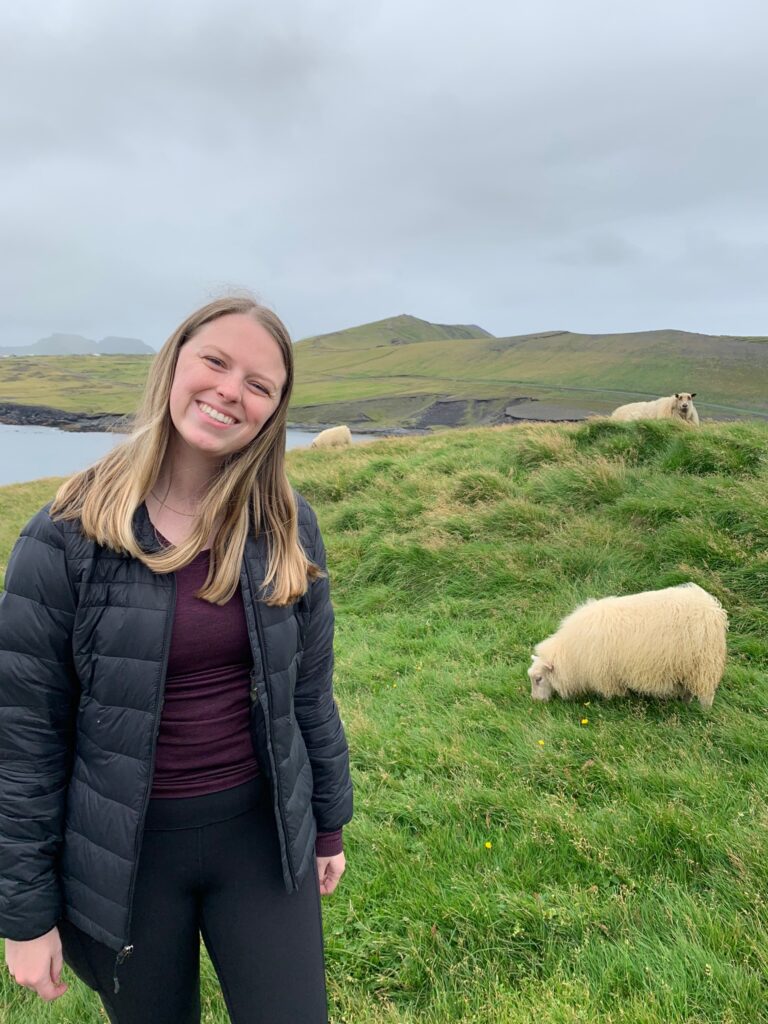
Day 1 Information ~


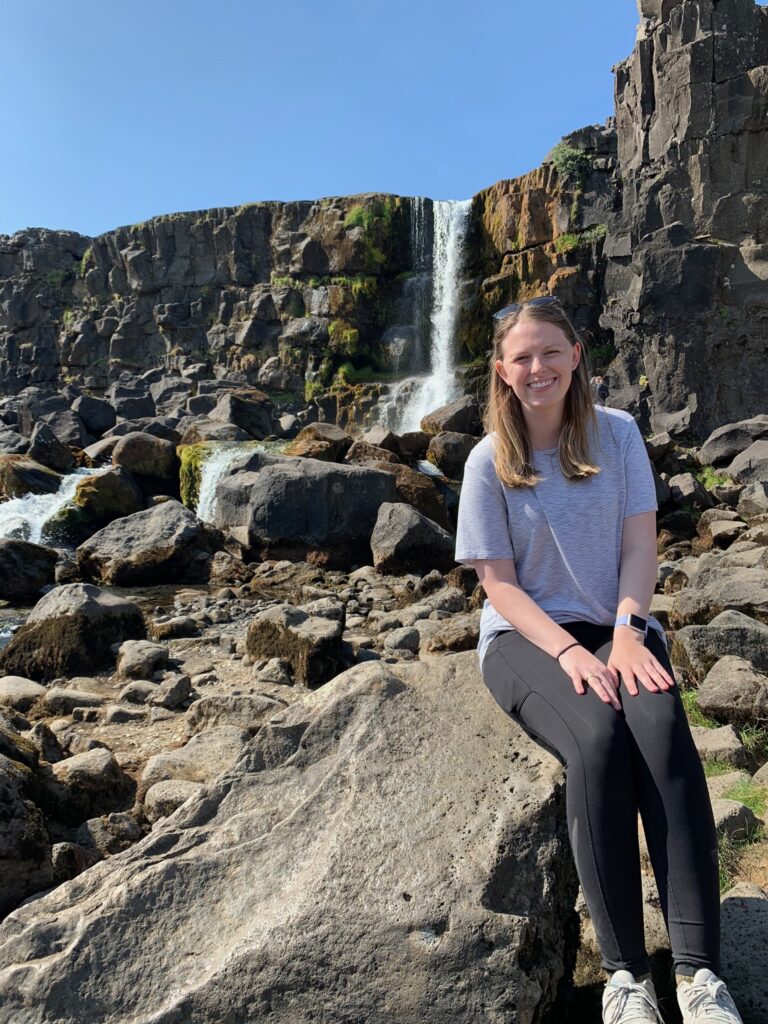
Take Ferry to Mainland Iceland: It was time to leave the amazing Heimaey island and head back to mainland Iceland. We booked our departure for 7AM so we could get back and see more sights. The ferry ride took about 45 minutes and cost ~$23 for us. It was time to do the Golden Circle route! First on our route was the Kerid Crater.
★Kerid Crater: It took us about 1 hour 15 mins to drive from the port to the crater. We got there around 9AM. Visitors can walk around the rim of the volcanic crater to take in the stunning views of the crater’s interior and surrounding landscapes. It’s easy to park your car and walk up and buy a ticket. Each ticket costs ~$3. It took us about 30 minutes to walk around the crater.
★★★Gullfoss waterfall: Our next stop was Gullfoss waterfalls. This probably is the largest waterfall I’ve ever seen. It took us about 45 minutes to drive here from the crater. It is very car accessible and there’s lots of parking. Visitors can view the waterfall from various viewpoints, including from the top of the falls and from a pathway that takes you closer to the edge of the canyon. I definitely recommend seeing the waterfall from both viewpoints; it is very majestic. It is free to explore and took us about 30 minutes to walk around.
★Geysir: Next we went about 10 minutes down the road to Geysir. It is a famous geothermal area and one of the most well-known geyser’s in the world. It is free to walk up to and wait for an eruption. We saw multiple over the span of 20 minutes. It was very crowded though so you have to squeeze your way through people. There is a tourist shop with bathrooms if you need to go.
★★★Thingvellir National Park: Last stop on the Golden Circle route was the Thingvellir National Park. This was probably my favorite spot. It took us about 45 minutes to arrive here from Geysir. This national park is considered the birthplace for Iceland’s government. One of the world’s oldest parliaments was established here in 930 AD. This site served as a meeting place for the early settlers to discuss laws and disputes. What I find really cool is that the park is situated in a rift valley formed by the Mid-Atlantic Ridge, where the North American and Eurasian tectonic plates meet. One side of the park you are on the North American tectonic plate, the other side the Eurasian tectonic plate. This geological phenomenon is visible at the park with deep fissures and cracks running through the canyons. We hiked for ~2 hours through the canyons, over to the Oxararfoss waterfall, and Lake Thingvallavatn. It is free to enter and free to park. This is a MUST SEE.
Head to Reykjavik and Dinner: After the Golden Circle, we headed back to Reykjavik which was about a 45 minute drive. We checked into our Airbnb (~$55 a night) and went to dinner. Along the way we stopped and took pictures with some Icelandic horses which are very majestic creatures. We ate a traditional Icelandic buffet style dinner at a restaurant named Mulakaffi. It cost ~$25 for a buffet dinner.
You can either fly home or travel to more places in Europe.
We flew to Vienna, Austria next. We took a budget airline called Wizz Air which was a decent experience. The flight was non stop and took about 5 hours. We paid ~$200 a person.
Iceland’s climate is characterized by its northern location, proximity to the North Atlantic Ocean, and the influence of the Gulf Stream. As a result, Iceland experiences a subarctic maritime climate with cool summers and relatively mild winters compared to its latitude. Here’s an overview of the weather in Iceland year-round:
Spring: Highs will be around 57℉
Spring: Lows will be around 52℉
Summer: Highs will be around 68℉
Summer: Lows will be around 59℉
Autumn: Highs will be around 41℉
Autumn: Lows will be around 32℉
Winter: Highs will be around 37℉
Winter: Lows will be around 30℉
Iceland offers a wide range of accommodation options to suit different preferences and budgets. Where you choose to stay in Iceland largely depends on your travel itinerary and interests. Here are some popular places to consider when deciding where to stay:
Iceland is one of the prime destinations in the world for witnessing the Northern Lights, known as Aurora Borealis. Here’s what you need to know about the Northern Lights:
